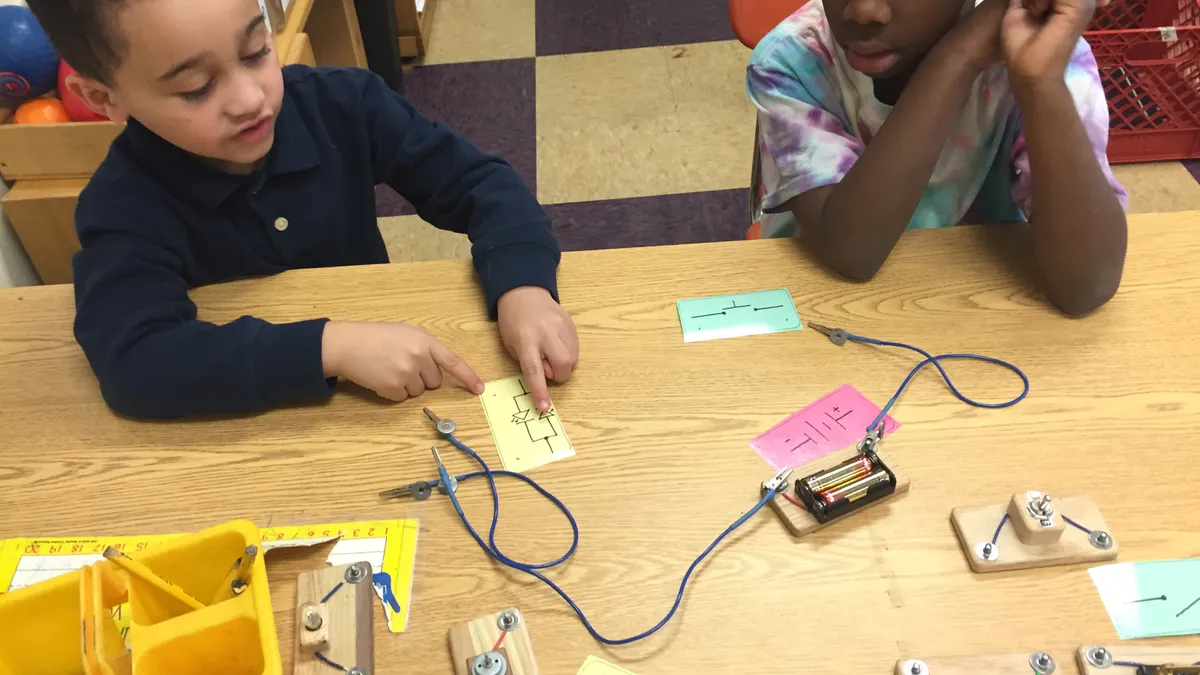Dive Brief:
- A survey conducted by Gallup for the Center for Advancing Opportunity found four in 10 "fragile" community residents — those living in high poverty, with low educational attainment, low employment and low wellbeing — are satisfied or extremely satisfied with the quality of K-12 schools in their areas.
- While satisfaction rates were higher among residents who think their local schools are committed to building students' strengths, only one-third of respondents said their schools took the strength-based approach. Also, satisfaction rates were lower for access to early childhood education (28%) for vulnerable populations.
- The study, which included more than 6,200 responses from residents in four major metropolitan areas, found no major disparities between satisfaction rates among urban and rural respondents or racial groups within fragile communities. But overall, Black residents did have lower satisfaction rates than their White and Hispanic counterparts.
Dive Insight:
Vulnerable populations already considered at-risk prior to the onset of the coronavirus pandemic are now stretched even thinner by job losses, illness, lack of access to affordable healthcare, disruptions to the academic year and lack of access to resources that enable home learning.
On the other hand, pandemic school shutdowns could have negative impacts on vulnerable populations. Administrators and others have warned against funneling already-marginalized students into remediation programs once schools reopen their doors. But the likely possibility remains that Black and Hispanic students will return to school in the fall further behind than their White peers and will require academic intervention of some sorts.
Research has shown this population has the least access to high-quality early education programs, with Hispanic students having the fewest opportunities, according to EdTrust. And although these programs have had positive impacts on student outcomes, the organization found in a November 2019 report that no state-funded preschool program provided both high access and high quality to Black and Latino children.
Meanwhile, in light of the economic downturn, many existing early childhood programs are at risk of being eliminated or scaled back. For example, California Gov. Gavin Newsom proposed nixing plans to expand preschool programs in the state due to the recession.
But shutdowns due to the coronavirus have also triggered changes in instruction that could expand post-pandemic. For instance, some teachers used distance learning to provide students at home an opportunity to engage in culturally reflective material and choose projects based on their strengths and interests. And some districts implemented a degree of project-based learning assessed through feedback during shutdowns this spring — changes some experts say could remain after the pandemic wanes.
It's a model that has garnered success for some districts. For example, Purdue Polytechnic High School in Indianapolis used project-based learning prior to the coronavirus and reported high engagement levels, which officials said remained steady among the school's traditionally underserved student population throughout spring closures.













